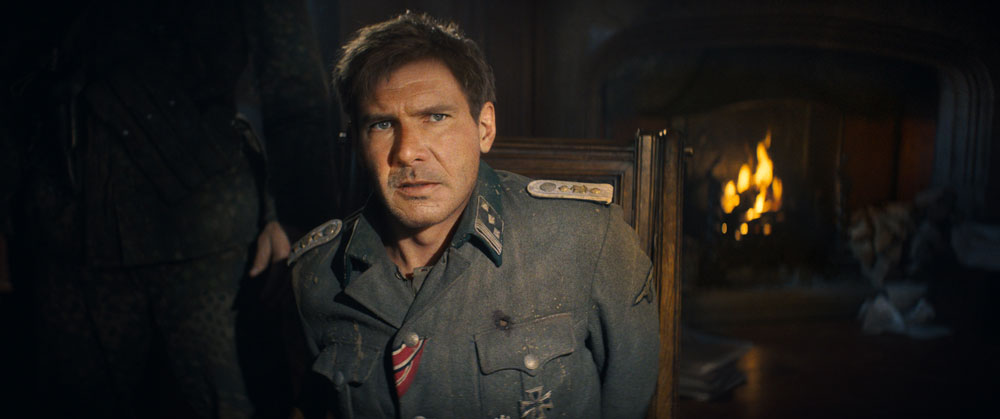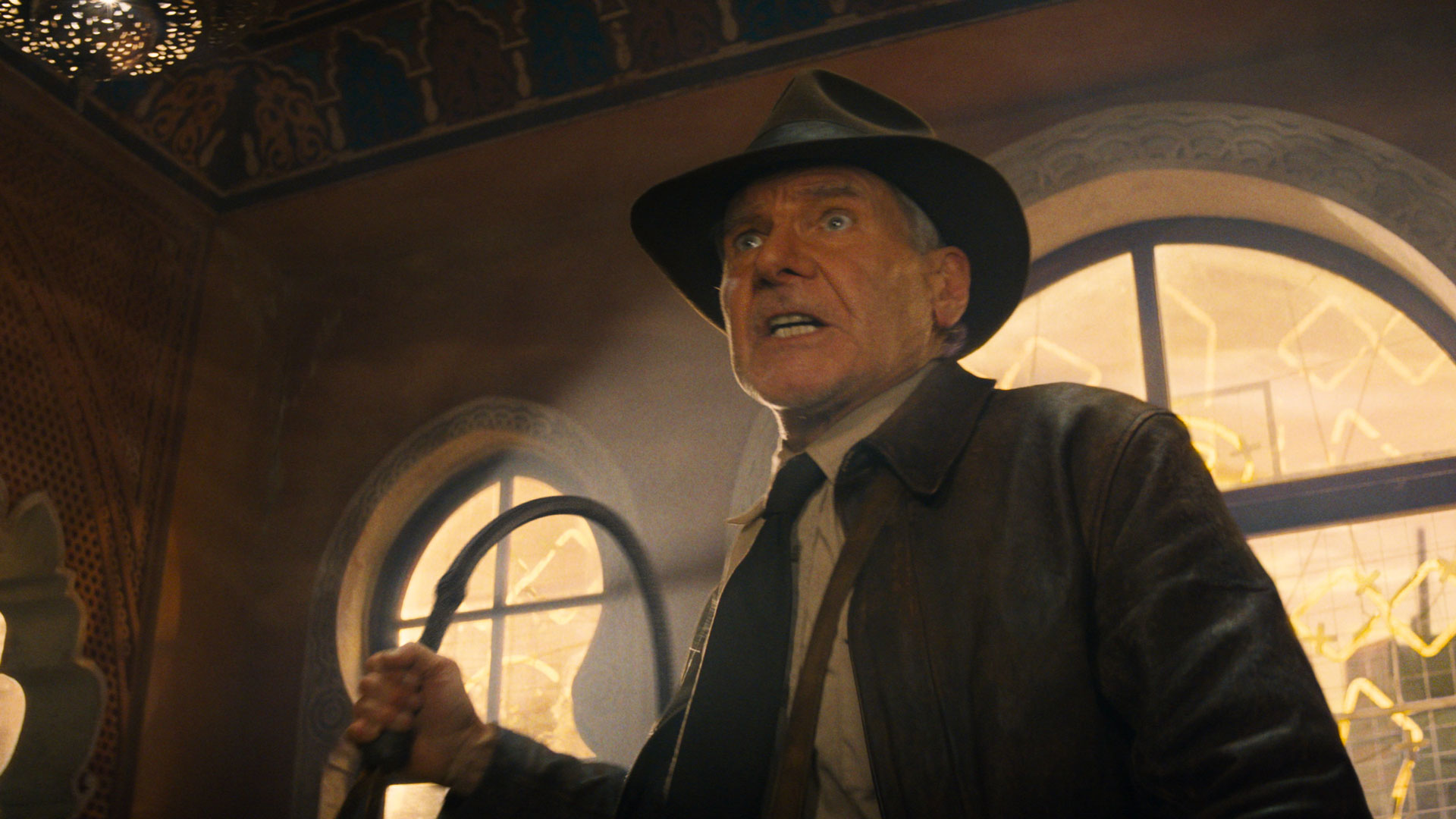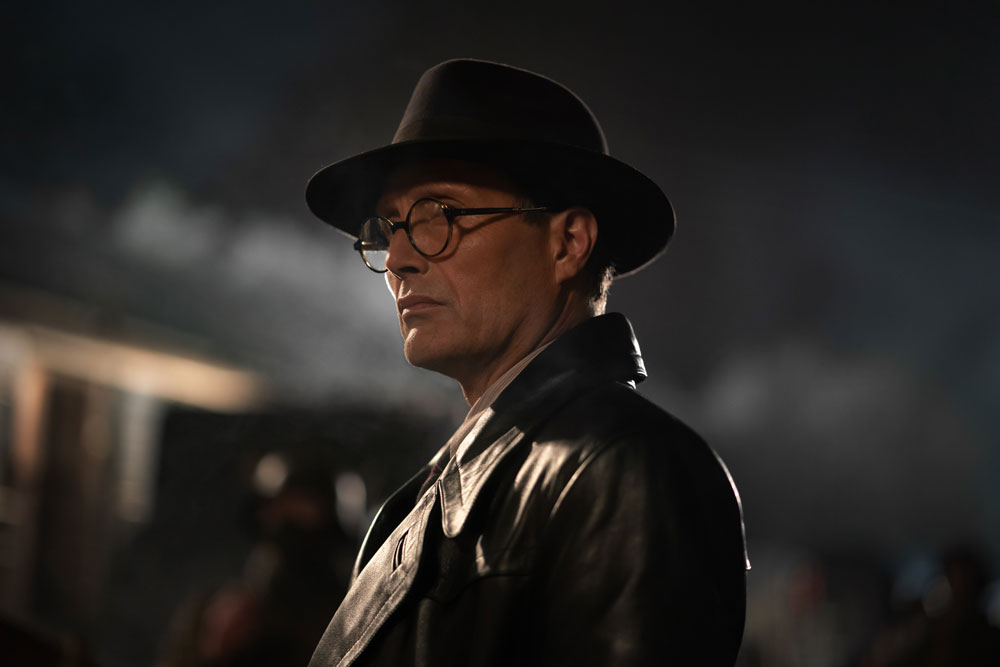The opening credits have not long left the screen in Indiana Jones’s latest rollicking adventure, Indiana Jones and the Dial of Destiny, before our (magically de-aged) hero punches a Nazi square in the face. It is – after all – his speciality. Since he fought a fascist man-mountain around a moving propeller plane in 1981’s Raiders of the Lost Ark, Harrison Ford has made an art form of pounding Third Reich cartilage across their smug faces.
In the black-and-white morality of Indiana Jones, the Nazis have provided the perfect Big Bad. He’s only strayed from Nazi-bashing twice… and they’ve been the two least-appreciated outings for the dashing man with the fedora and whip.

Seeing Indy move east, 1984 sequel Temple of Doom is the most controversial of the movies – having been criticised even at the time for its portrayal of Indians as either helpless or nefarious, and for its ‘white saviour’ narrative. There are a number of lessons for Hollywood there. But the main one the franchise learned was: it’s just much less fun when the people Indy is punching aren’t in league with Hitler. Nazis are safe punching bags. By 1989’s Indiana Jones and the Last Crusade, both Indy and his dad (played by Sean Connery) were back punching – and bedding – Nazis.
After a long delay, Indy returned in 2008. By this time, Steven Spielberg had reportedly decided he could not satirise the Nazis after directing Schindler’s List. And so, in Indiana Jones and the Kingdom of the Crystal Skull, we hit the ’50s. The Cold War is on and commies (including Cate Blanchett sporting a bob for the ages) have taken over villainy duties. The result is a fun movie – I’ve a whole lot more time for it than most – but it has not found its way into fans’ hearts in the same way as the original trilogy. “Nuking the fridge” joined the lexicon – roughly synonymous with “jumping the shark” – as a reference to one scene in which Indy escapes a nuclear blast in a kitchen appliance.
Indiana Jones and the Dial of Destiny is primarily set in 1969. The Beatles and Bowie play on the radio and we strap in for a spectacular set-piece chase through the New York welcome parade for the victorious Apollo astronauts after they walked on the Moon. Still – with Spielberg stepping away from directing duties for the first time – new director James Mangold is free to go back to basics. Our main villain is a dyed-in-the-wool Nazi.
The backstory of physicist Jürgen Voller (played by an impressively slimy Mads Mikkelsen) bears a striking similarity to real-life Nazi scientist Wernher von Braun. Like the real “father of the American lunar program”, Voller is a Nazi who has assimilated into American society. In the movie, he claims the Apollo success for his own.











